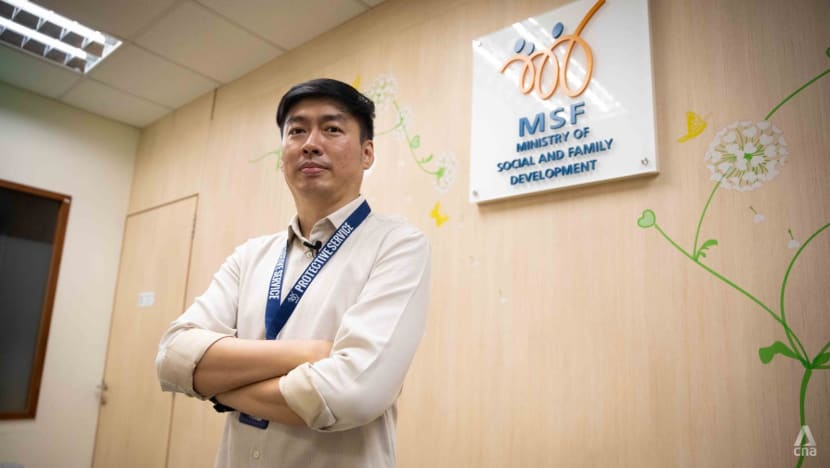Warning: This article contains details of domestic violence that some readers may find upsetting.
SINGAPORE: When both of Peter’s (not his real name) parents were jailed for drug use, the boy was neglected and left to fend for himself. He was placed in foster care, where he experienced a different family life – one where he was cared for and safe. But despite this, he began eating excessively, which may have been a response to previous neglect and possibly inconsistent access to food or unmet emotional needs in his biological home, said Ms Faith Wong, senior social worker at the Singapore Children’s Society. Neglect is a form of child abuse. In the last two years, some high-profile cases have been in the courts and public eye. A girl who was killed by her father and her remains hidden in a pot for years; a five-year-old girl who was abused and neglected by her father until her death; a girl who was forced to sleep in a planter box and killed by her mother’s boyfriend. Umaisyah, Ayeesha and Megan Khung’s cases have shocked the nation. In 10 years, the number of child abuse cases investigated by the Protective Service – those that present the highest safety and risk concerns – has risen fivefold. It has gone up from 343 in 2013 to 2,011 in 2023, according to the latest available data from the Ministry of Social and Family Development (MSF). But even in the most serious cases of child abuse, the chances of reunification are high. About 98 percent of cases investigated by CPS resulted in children staying with their parents or being reunited after being removed. In Peter’s case, he longed to reach out to his mother, even though she was in prison. He reacted positively to her letters from behind bars, and his interest in reconnecting with his mother grew. When she was released, reunification work started. He initiated visits with her and spent more time in her company. But because of the number of years apart, there were “quite a lot of expectations that the boy felt that mum did not meet”, said Ms Wong. Reunification is a complex journey. Peter now spends four days with his biological mother and three with his foster mother. “Generally, children who are removed from their biological families and placed into foster care often face significant adjustment challenges,” added Ms Wong.
Related:
Difficult to identify child abuse when parents ‘actively choose to conceal’ signs: Social workers
SAFETY FIRST
When a domestic violence report is lodged by the police, MSF’s Domestic Violence Emergency Response Team (DVERT) officers are activated. They handle high-risk cases with immediate safety concerns. DVERT operates around the clock and officers are deployed in serious cases. Upon arrival, officers look for immediate safety concerns, evaluate the living conditions and check victims for injuries. A “safety plan” is developed with family members to minimise the likelihood of violence recurring, said DVERT officer Mr Bryan Lau. In some cases, a DVERT officer would issue an emergency order. This acts as a temporary safeguard that stops the abuser from committing further violence before a Personal Protection Order is issued by the court. If abusers breach the emergency order, they can be arrested. What if the perpetrator is uncooperative? Mr Lau tries to make them understand the consequences of their actions. “So they know that we are trying to help them and they will be more willing to share their situation with us,” he added. Once the assessment is done and safety is confirmed, the case may be referred to social service agencies.

WHEN ARE CHILDREN REMOVED?
Ms Pek Siao Tian, senior manager at MSF Protective…










